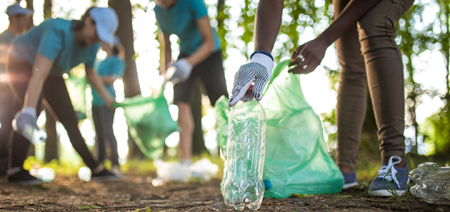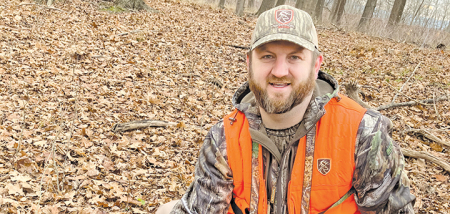The Five Million Dollar Question
Published:
August 11th, 2016
By:
Josh Sheldon

I have spent most of my life studying and reproducing the tools and implements of survival attributed to native people of this region. In my travels, others have allowed me to realize how much of an expert on the topic I’ve become, which is likely due to my hands-on interpretation and manipulation of natural materials, rather than regurgitating someone else’s material like many others have. This need for knowledge of the outdoors and ancient ways of life keep me afield, make me think outside the box, and makes me some hard earned money from time to time.
I spoke last week of how science wasn’t prepared for me. Enough people asked me what I meant by saying that, so I decided to fill in the blanks for you. Science is a broad spectrum of topics and I was actually only referring to Archaeology, the most egotistical, non-scientific based, coattail-riding field of them all. I can honestly say archaeology is the laughing stock of the scientific world. So little actual hands-on research has been done and way too much citing and referring to others’ work for it to actually be valid in most cases these days. On the other hand, technology has been able to shed some true light on the topic, while in most cases, the light was already there; they just chose to not see it.
I don’t know about you, but wannabe bookworms burn the heck out of me. They always have a fast response to the important questions at hand, but don’t make judgements or decisions on the topic based on their own personal experiences. They simply ride the coattails or just take everything said as the final word, especially if it came from some popular scientist. This is so ignorant to me. I have been told things that were accepted as true, but in the end were totally wrong. The old phone call game reminds me of this situation. One person says something and by the end of the line it has changed or been embellished so much that it doesn’t resemble at all what was first said. I have seen this time and time again and it came from the mouths of scientists who believe themselves to be at the top of their game.
Let’s take it one step further and have someone like that call you a liar and attempt to ridicule and turn everyone against you. After nearly 200 hours of research into native pottery, I was pretty sure I had cracked nearly every code; most of which was not accessible at the time or even known to science. I produced my findings to the New York State Archaeological Association and, to my surprise, rather than receiving a pat on the back, I was met with some pretty harsh resistance from a few old timers in the field. It didn’t take long for most of the younger archaeologists to jump on the bandwagon and that didn’t surprise me, you know, “birds of a feather.” I didn’t let this dissuade me, I knew my findings were valid and in time they would prove themselves. Little did I know how hard these folks were about to be hit and how large their egos really were.
I have found several thousand native pottery pieces over time and recognized a distinct difference between two particular types. One style is really orange in color and free of staining on the in and outside. The other has obvious signs of fire staining on the outside with a super black interior. I sat in on a conversation once where groups of archaeologist were discussing what it was. The black substance permeated the walls of the pot basically sealing the interior. They were grabbing at straws saying it was probably animal fat, or just burning. I stated that I thought animal fat would likely dissipate over time and that the exterior would likely be as burnt as the interior if that were the fact.
I went home, and having made pottery, set out to prove what had blackened the interiors. I never even got to the point of experimentation before it dawned on me. I knew natives sealed their Burch bark canoe seams with pine pitch. Pitch refers to processed pine sap that was mixed with some deer fat and charcoal, which had to be heated and processed in a vessel of some type. I tested this idea and instantly knew I had it. Upon reporting my findings, I was surprised how little support I received. I told them I didn’t think, but I knew by testing, that I had proven what was inside the pots. I even showed them the pots I had made and they still wouldn’t accept my findings.
Fast forward several years and one of the utmost pottery specialists in the country was set to release some new findings. A machine had been created that could perform residue analysis, which would enable us to find out what had been cooked in the pots. They were talking about all the plant and animal species that were being identified in the pots and he finished with his most prestigious finding. You guessed it. His super amazing find was the black sealant inside the vessels. Again, you probably see where I’m going with this. The substance was found to be pine pitch proving my studies in experimental archaeology with pottery.
You would think that at least one of the big wigs would have congratulated me on having my findings proven, but not one did. In passing, I asked the man presenting the program how much the machine cost that made this outstanding find. His answer was “over five million bucks.” I then showed him one of my pitch blackened pots and explained that I cracked that code years ago. He then asked what the designs on the pot were. I told him they were cord wrapped sticks. He asked, “That actually works?” I replied, “You tell me, you’re the expert,” and we both laughed. That simple meeting has bought me a backdoor pass to the state museum any time I choose, access to the most high-tech equipment and educated scientists in the state.
Good wishes and never sell your ideas short, especially if they come from experience.
Author: Josh Sheldon - More From This Author
Comments









